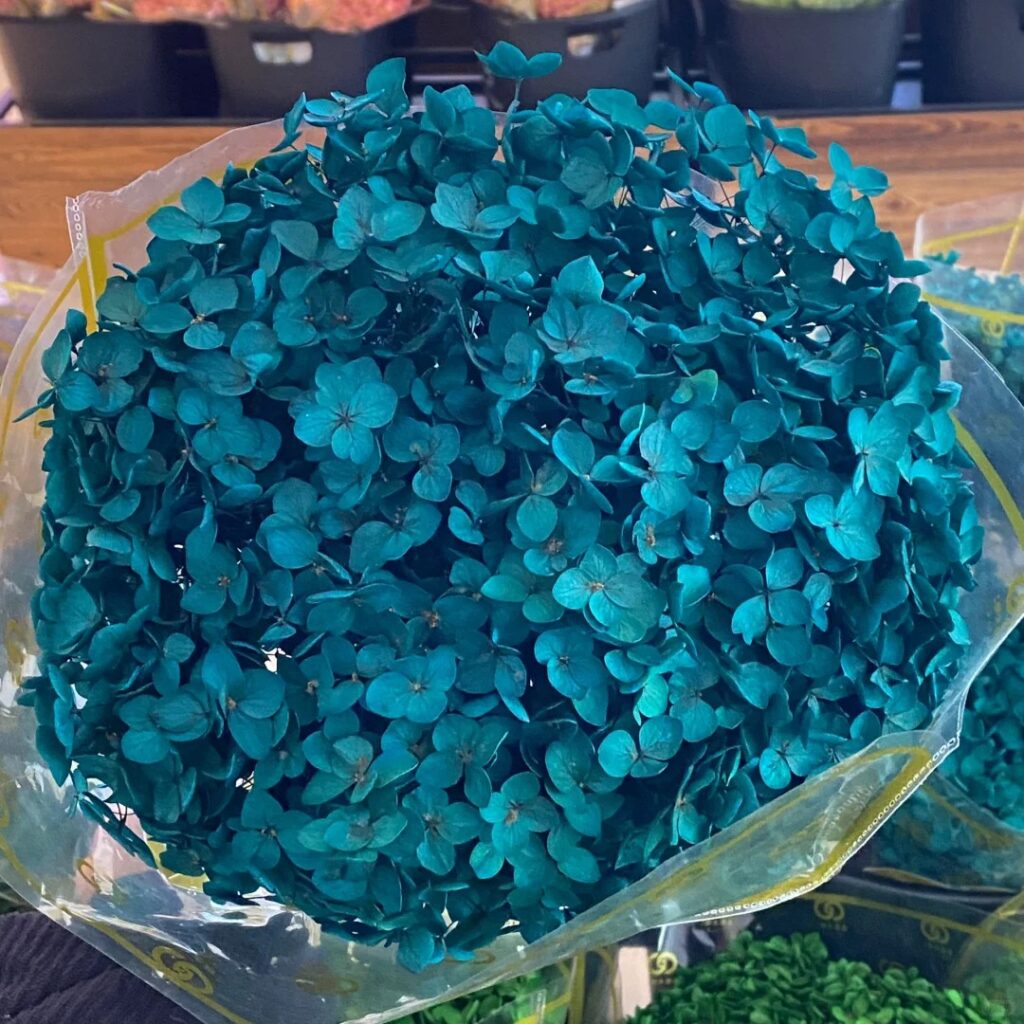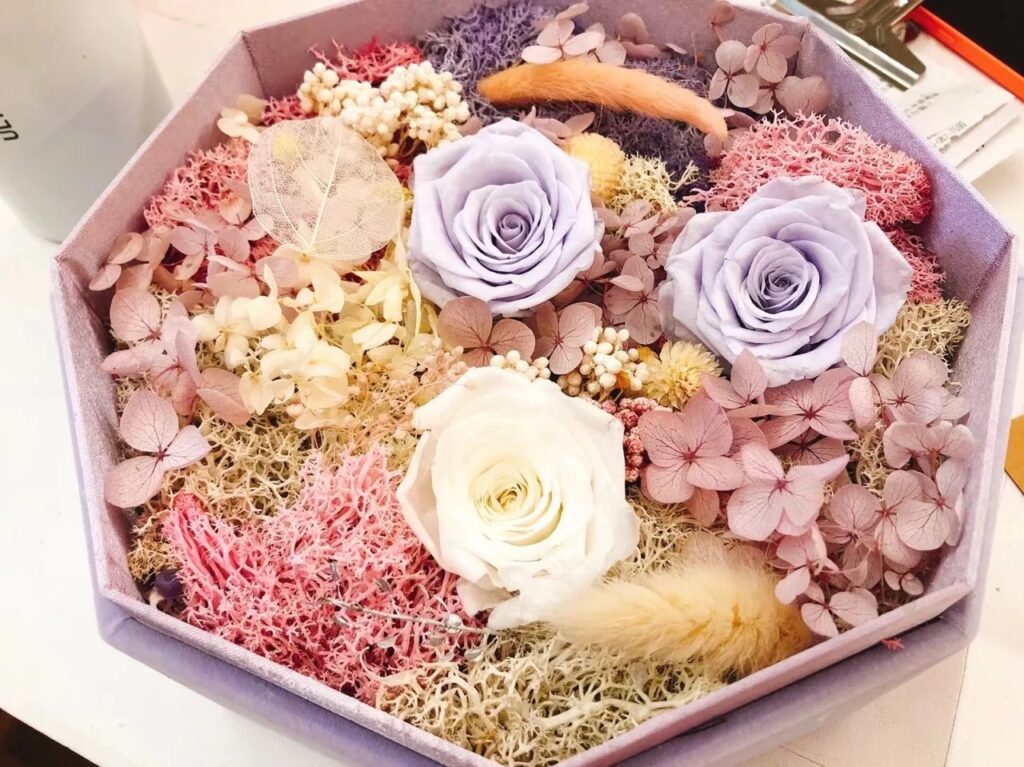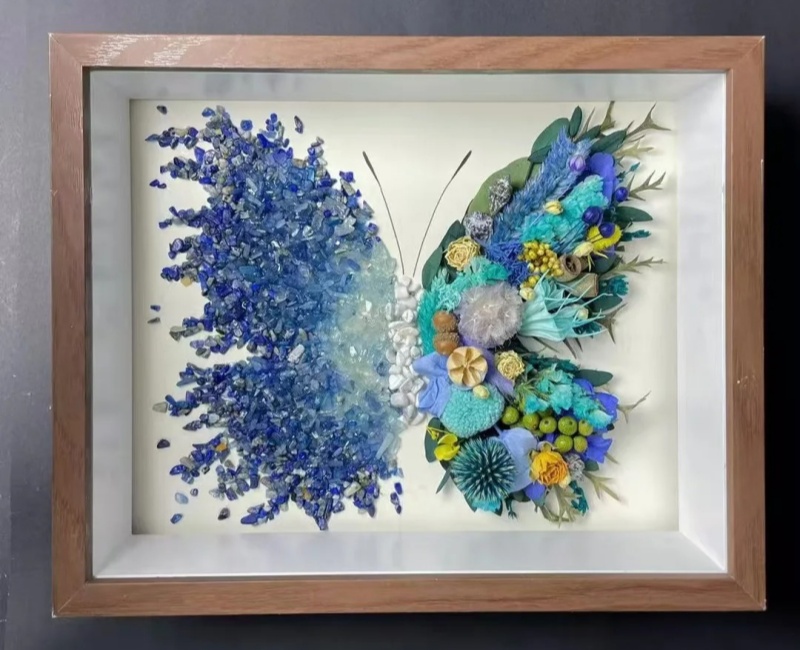I recently started working with eternal flowers, so I shared some of my new products on various platforms and with friends. Interestingly, a few friends were puzzled:
“Are eternal flowers fake flowers?”
“What exactly are they?”
“I see names like ‘eternal flowers’ and ‘everlasting flowers’ everywhere. Which one is real?”
Let’s explore these questions together.
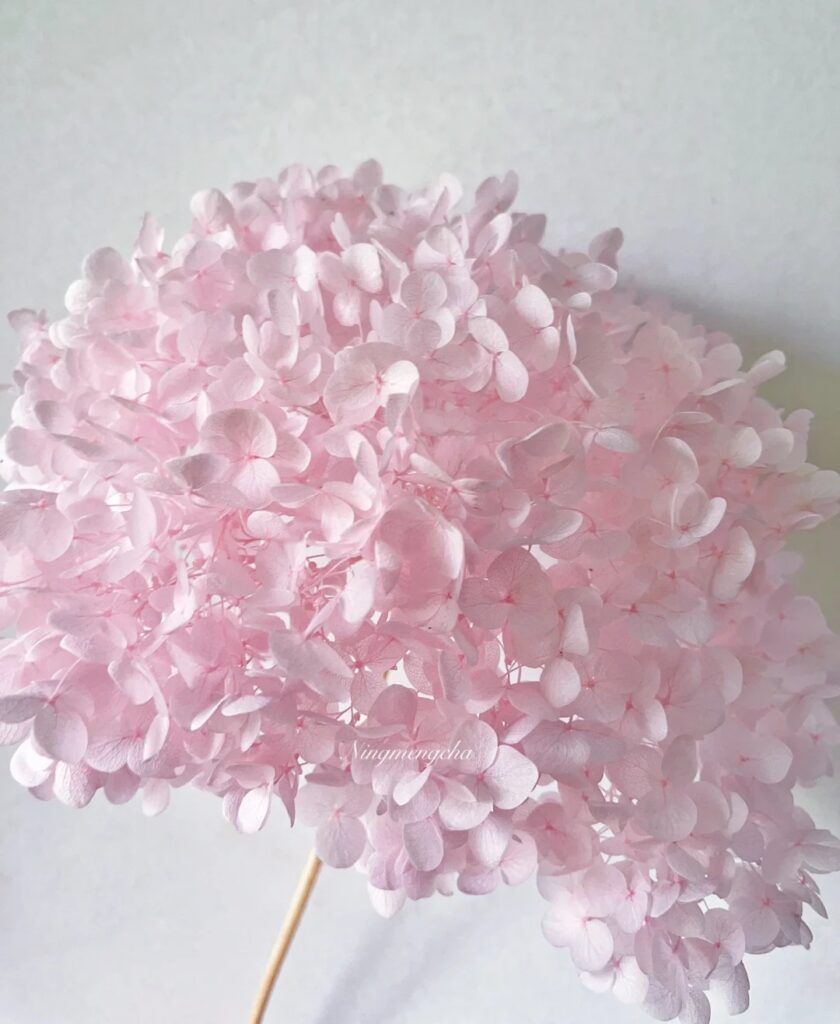
Eternal Flowers: Not Just a Name, But a Story
Before getting into the technical side, let’s start with a beautiful and touching legend behind the eternal flower.
Once upon a time, during a war in a small southern European town, a young couple was forced to part ways. The boy had to join the army and defend his home, while the girl stayed behind with hope and worry. Before he left, the boy handed her a letter, sealed with red wax, along with roses freshly picked from the garden. He asked her to open it only after he was gone.
In the letter, he wrote:
“When the last petal of this rose falls, it will be time for you to forget me and start your own life.”
Every day, the girl prayed while keeping the roses in a vase, hoping for his safe return. Days passed. Then months. The war dragged on, and the news grew more grim. Amazingly, the petals never fell.
One morning, the boy returned, dressed in a victory uniform, scarred but alive. The roses, though dried, still stood. Since then, in parts of Europe, lovers have kept roses—pressed in books or preserved—to pray for everlasting love and good fortune.

The Birth of the Eternal Flower
In 1991, in Paris, the so-called “capital of romance”, a breakthrough technology was developed to make real flowers last forever. This gave birth to preserved flowers, also known as eternal flowers.
The idea is to replace the natural moisture inside the flower with a safe, organic preserving agent. This process involves:
- Dehydration
- Decolorization
- Glycerin infusion
- Dyeing
The result? A flower that looks, feels, and even smells like a fresh flower, but lasts 3–5 years or longer with proper care. These are real flowers, not synthetic imitations.
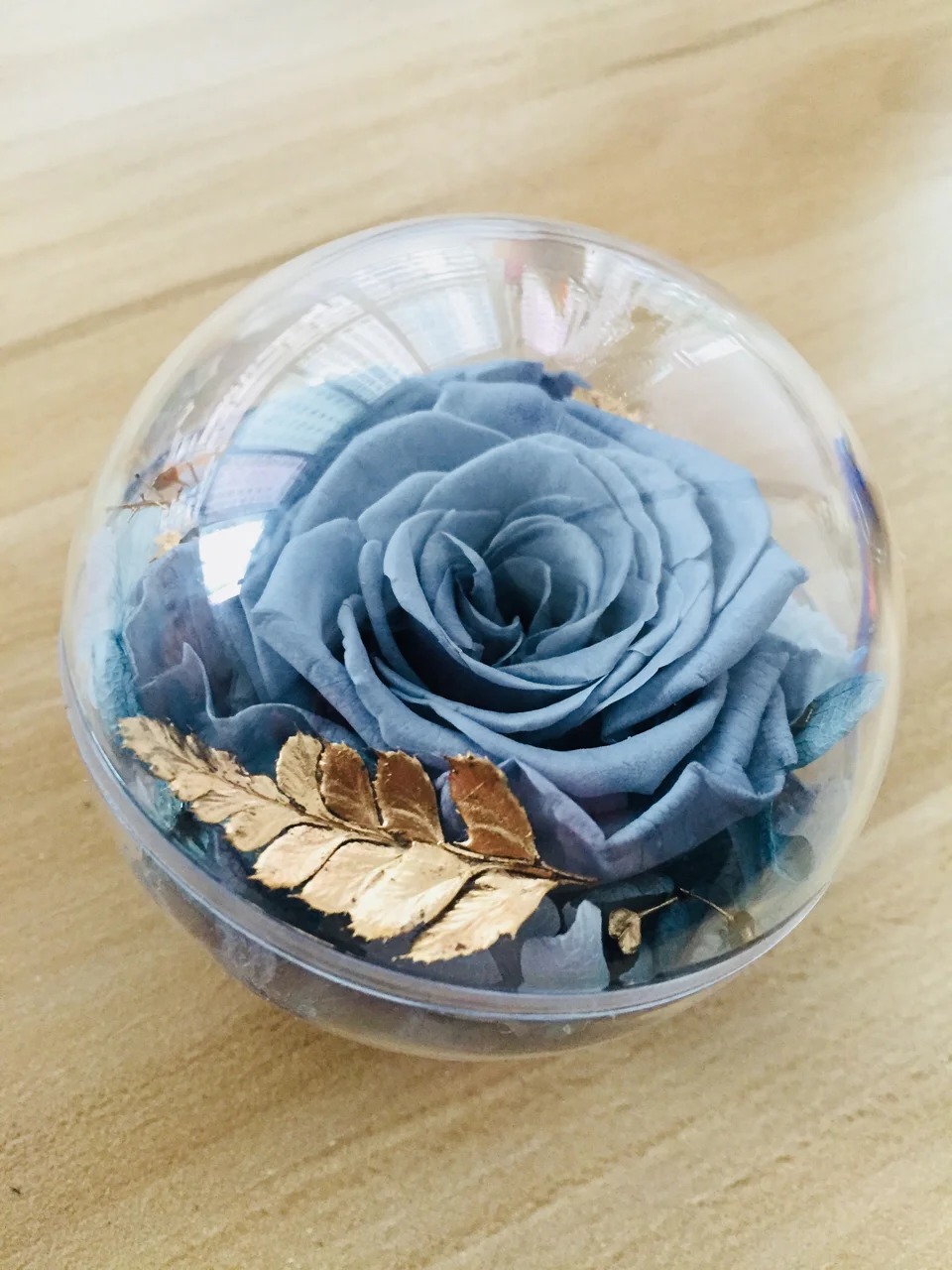
Eternal Flowers vs. Fake Flowers: Know the Difference
On the market, many products are labeled “eternal flowers,” but not all are the same. Here’s a breakdown:
❌ PE Flowers (Foam Flowers)
- Made from polyethylene (PE) foam
- 100% synthetic
- Imitate the appearance of real flowers
❌ Soap Flowers
- Made from scented soap
- Popular for gifting and decoration
- Not made from real flowers
❌ Artificial/Silk Flowers
- Made from silk, plastic, or other materials
- Durable and affordable
- Often mislabeled as “eternal flowers”
✅ Real Eternal Flowers
- Made from real, fresh flowers
- Preserved using advanced technology
- Last for 3–5 years with proper care
So when purchasing, be sure to check the materials. Only those preserved from real flowers through the processes mentioned above are true eternal flowers.

Why Are Eternal Flowers More Expensive?
You might notice eternal flowers are more costly than fresh bouquets or artificial flowers. Here’s why:
1. Premium Raw Materials & Complex Technology
- Only the best flowers are chosen.
- Each one undergoes a detailed process: dehydration, preservation, and custom coloring using eco-friendly dyes.
- The process can take up to 72 hours or more.
2. High Production Costs
- Eternal flowers are often sold in bulk by box.
- Florists must buy multiple colors (5–6 boxes minimum) to design one arrangement.
- Leftover flowers can be wasted if not used in time.
3. Creative Floral Design
- Skilled florists invest years of training in color harmony, balance, and aesthetics.
- Each arrangement is a unique work of floral art.
4. Handcrafted Perfection
- Every bouquet is made by hand, step by step.
- No two arrangements are ever exactly alike.
- Requires delicate craftsmanship and patience.
Because of these qualities, eternal flowers are often referred to as the “Hermès of flowers.”
🔗 Explore More Eternal Flower Gifts:
Monet’s Garden Preserved Flower Bouquet

